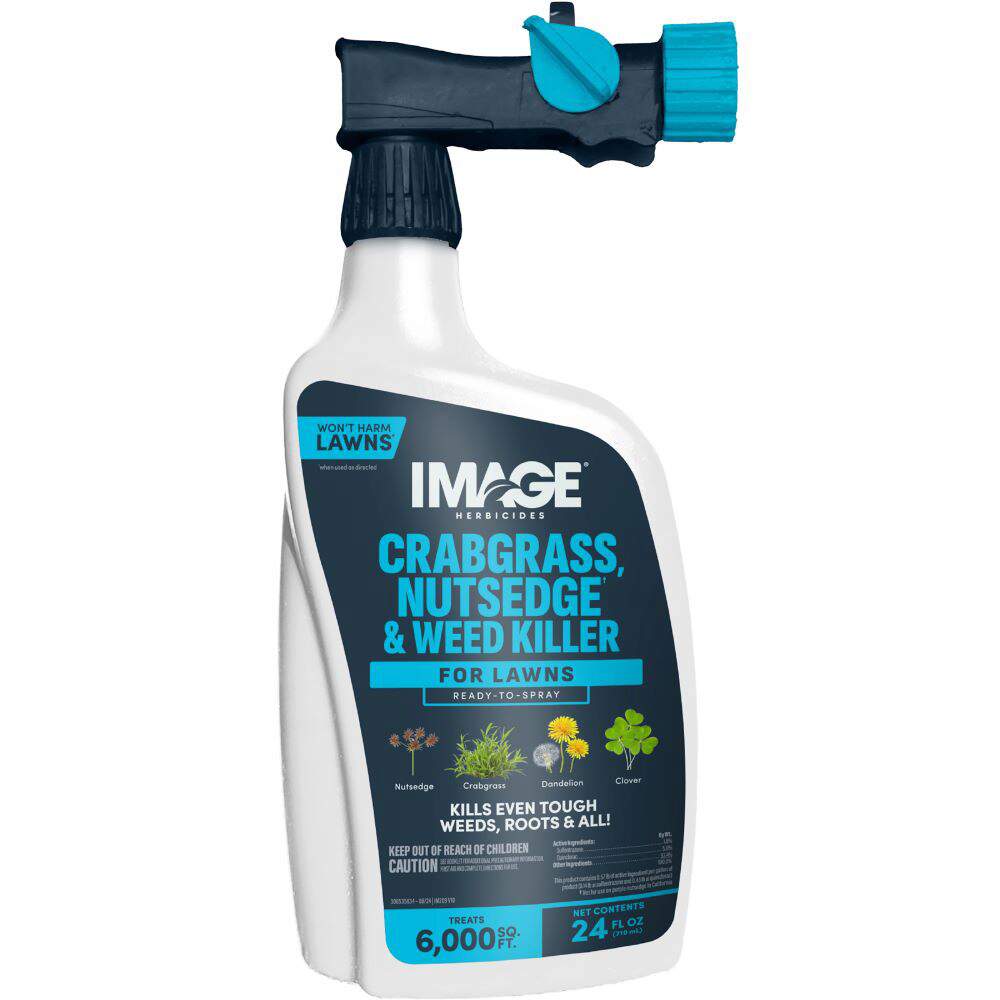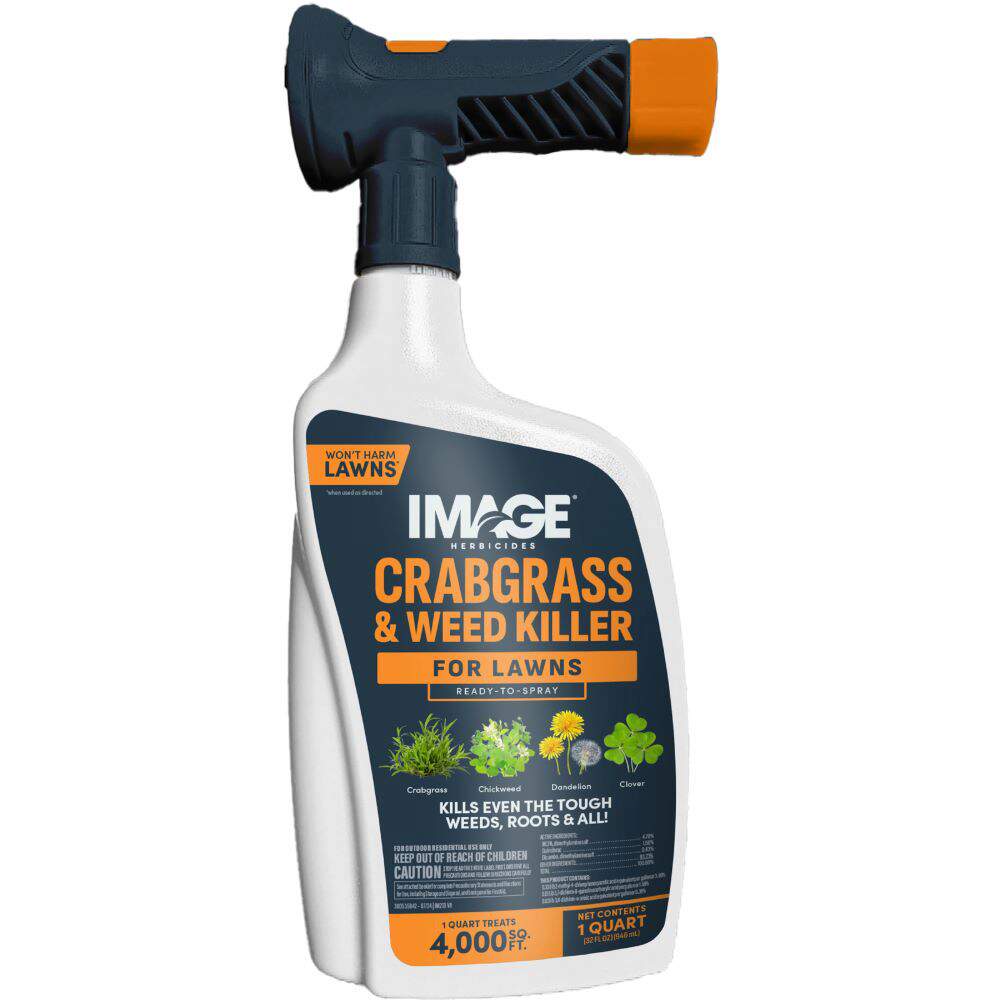HOW TO IDENTIFY SPURGE
Spurges are annual broadleaf weeds that wreak havoc on lawns in hot, dry summer weather. Prostrate spurge (Euphorbia humistrata) and spotted spurge (Euphorbia maculata) are particularly troublesome for lawn owners seeking smooth, green carpets.
Prostrate spurge spreads via ground-hugging stems to form a dense mat of stems and leaves. The hairy, pale-green, oval leaves line hairy, pink stems that root at the nodes as they creep.
Spotted spurge spreads via horizontal stems that branch from a center point to form thick, grass-smothering mats. The dark-green, oval leaves appear on maroon stems covered in dense hairs. Unlike prostrate spurge, spotted spurge stems don't root at the nodes.
Both these prolific weeds have abundant small, inconspicuous flowers from late spring through fall. Both may have small purple-brown or maroon splotches at the leaf centers. Spurges are sometimes mistaken for knotweed, but spurges emit a milky sap when broken or cut. The white sap — absent in knotweed — may irritate skin.
WHERE AND WHY SPURGE GROWS
Spotted spurge is found throughout the contiguous United States. Prostrate spurge is more common in the Southeast and Midwest. These native weeds tolerate harsh conditions — from thin lawns and landscapes to roadsides and sidewalk cracks. They flourish in dry, sandy, nutrient-poor, compacted soil where lawn grasses grow weak and thin.
Spurge seeds can germinate all summer in all but the hottest climates. Single plants produce thousands of seeds. Seeds germinate quickly, and new plants produce more seed in just a few weeks. Late-season seeds overwinter to germinate in spring. Ungerminated seeds can remain viable in soil for many years.
HOW TO CONTROL SPURGE
When treating spurge or other lawn weeds, always read product labels thoroughly. Some lawn grasses are sensitive to herbicides, so make sure the label lists your grass type. Only treat established lawn grasses; avoid newly seeded areas. For best results, treat spurge as soon as plants emerge.
Image Herbicide offers several highly effective liquid products to kill or control spurge:
- Image Lawn Weed & Crabgrass Killer, available in Ready-to-Spray and Concentrate options, kills even the tough weeds — roots and all. For best results, apply this selective post-emergent herbicide to small, emerging spurge when soil is moist.
- Image All-in-One Lawn Weed Killer, available as Ready-to-Spray and Concentrate, is a selective post-emergent weed killer suited to most warm- and cool-season lawns. This herbicide starts working on contact to kill spurge to the root.
- Image Southern Lawn Weed Killer for St. Augustinegrass and Centipedegrass, available as Ready-to-Spray and Concentrate products, starts working immediately to kill spurge down to the roots. Ideal for herbicide-sensitive southern lawns, this fast-acting formula delivers visible results in hours.
Spurge Control Tip: Spurge's low growth habit allows it to escape lawn mower blades. Within a few weeks of germination, plants produce spreading stems and seeds. Treat spurge promptly to prevent prolific seed. If you pull spurge by hand, wear gloves to protect skin from the sap.
If you're looking for a granular option for post-emergent weed control, turn to Pennington UltraGreen Weed & Feed 30-0-4 to control spurge and feed your lawn.
Always read product labels thoroughly and follow instructions, including guidelines for lawn grasses, frequency of applications and seasonal maximums that may apply.
SPURGE GALLERY

Spurge Patch In Grass

Spurge Infestation

Spurge Patch

Spurge Leaves, Stems and Flowers

Spurge Foliage

Spurge Seeds




